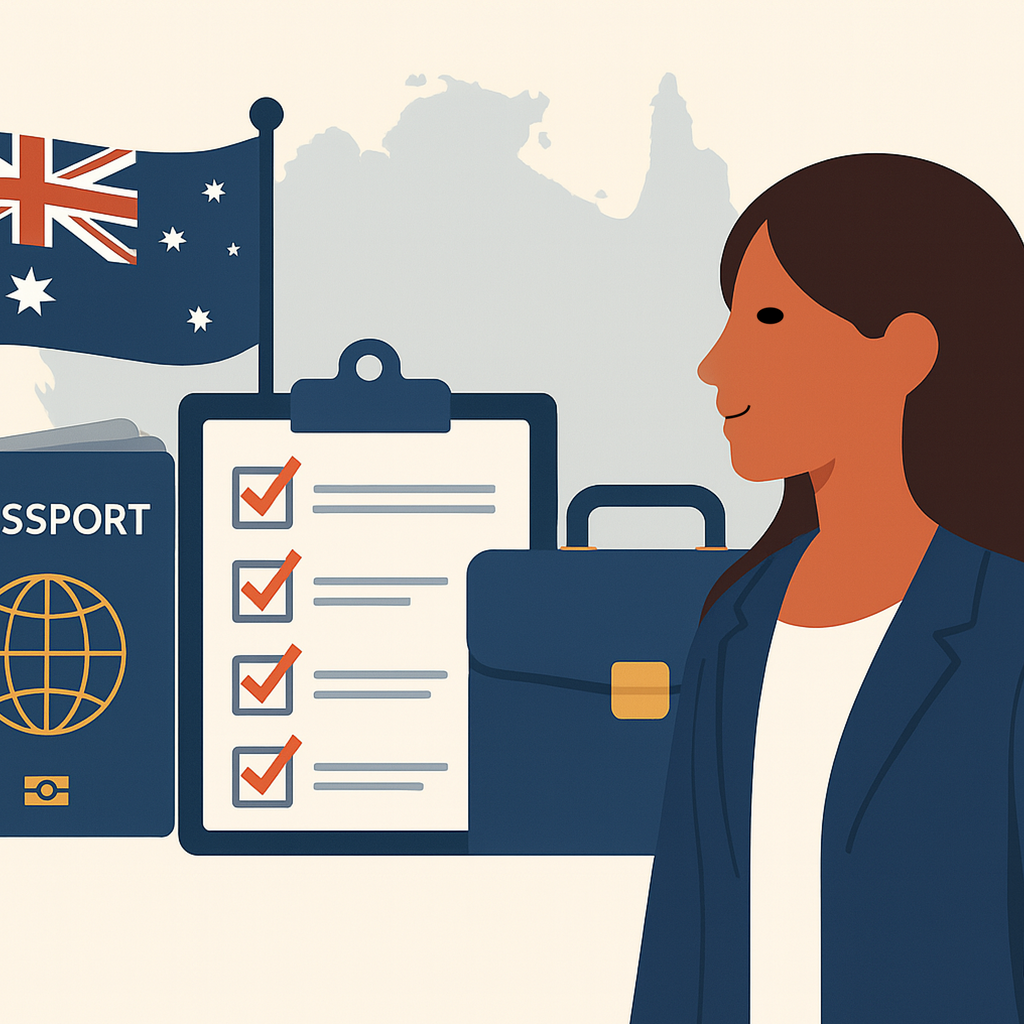A conversational guide for HR teams navigating Australia’s employer-sponsored work visa process.
Why HR Teams Should Care About Hiring Foreign Workers in Australia
If your company is hiring foreign talent in Australia, it’s not just about ticking boxes. The visa process can make or break your hiring timeline, and HR is on the hook to get it right.
That’s why we put together this HR-friendly overview of employer-sponsored visas, with practical tips from our partner immigration attorney in Australia.
Recent Changes to the 482 Visa: What HR Needs to Know
Australia’s Subclass 482 visa, often the go-to for employer-sponsored hires, underwent important updates in late 2023 as part of the new Skills in Demand visa framework. Here’s what’s changed:
- New streams introduced
- The 482 visa now includes Core Skills, Specialist Skills, and Essential Skills streams, with Core and Specialist most relevant for employer sponsors.
- Faster pathways to PR
- Employees under the 482 can now apply for permanent residency after two years of onshore work, even if they transfer employers.
- High-income priority processing
- Roles earning AUD $150,000+ (Specialist Skills stream) may qualify for faster processing times.
- Labor market testing (LMT)
- Is still mandatory for most roles, though exemptions apply for certain nationalities and international trade agreements (e.g., UK, Chile, New Zealand).
Source: Department of Home Affairs – Temporary Skill Shortage Visa (482)
What Types of Jobs Qualify for the 482 Visa?
The 482 visa targets occupations on Australia’s Skilled Occupation List (SOL). These typically include:
Professional and Technical Roles
- Software Engineers
- Civil Engineers
- Accountants
- ICT Business Analysts
- Medical Practitioners
- Registered Nurses
Skilled Trades
- Electricians
- Plumbers
- Carpenters
- Chefs
- Welders
- Motor Mechanics
Specialized Roles
- Marketing Specialists
- University Lecturers
- Construction Project Managers
- Actuaries
- Surveyors
💡 Tip for HR: Always check the official occupation list to ensure the role you’re hiring for is eligible under the correct stream.
Primary Visa Path: The Subclass 482 (Temporary Skill Shortage Visa)
The most common employer-sponsored visa is the subclass 482. It’s ideal for bringing skilled professionals into Australia for up to four years. Employees become eligible for permanent residency (PR) after two years of work in Australia under this visa.
Key points HR should know:
- The 482 visa has multiple streams. Most employees will fall under the “Core Skills” stream, but high-income roles (AUD $150–180k+) may qualify for the “Specialist Skills” stream with faster processing.
- Labor market testing is required (typically 28 days of job posting) unless the employee is from an exempt country like the UK.
- For PR, employees must be onshore and have worked at least two years on the 482.
Government source: Temporary Skill Shortage visa (subclass 482)
What Makes the 482 Visa HR-Friendly?
- Quick processing: Nomination approval can be rapid, especially for high-salary or accredited sponsors.
- Straightforward transitions: Transferring employees from one Australian company to another is seamless via a nomination transfer.
- Spousal work rights: Dependents of 482 visa holders can work without restriction in Australia.
- Understand the visa path: The 482 is your go-to for long-term hires. For short-term specialized work (e.g., training visits), use the subclass 400 (max 6 months).
- Prep early: Labor market testing takes 28 days. Get job ads up fast.
- Budget for timelines: Expect 4–6 weeks to prepare the application, plus 57 days to 4 months for approval (quicker for specialist stream).
- Educate managers: They need to know when a role is visa-eligible and how timelines impact start dates.
- Plan for PR pathways: Employees and their families will ask about long-term residency, be ready with answers.
Pro Tips
- Always run an eligibility check before starting a case. What looks like a straightforward plumber hire can get rejected if licensing isn’t in place.
- Use the initial two-year period to build employee goodwill and plan for their PR.
- Expect processing delays, and avoid overpromising start dates.
Final Thoughts for HR Teams
Hiring foreign workers in Australia is doable, but only if HR has a clear checklist, a reliable attorney, and realistic expectations. Don’t wing it. Get the structure in place, know what to expect, and set your global talent up for success.
The content in this article is based on a conversation with our partner attorney in Australia and information published by the Department of Home Affairs. This article is not legal advice.


.svg)

